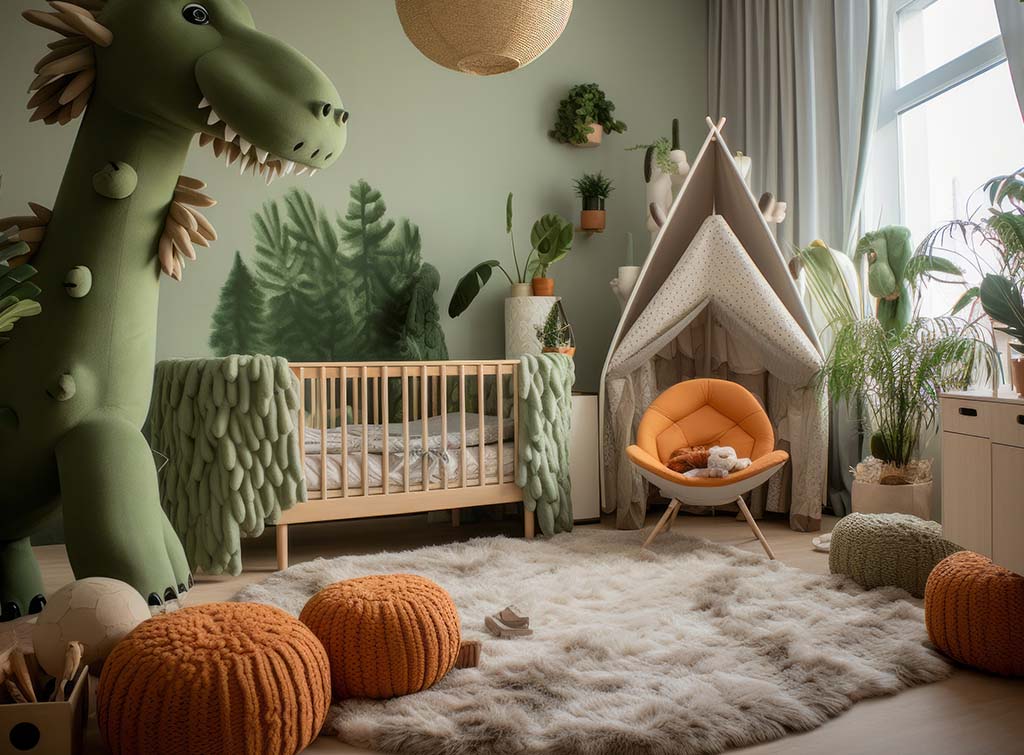
Lush Ground Cover Solutions for Your Backyard Landscape
Subheading: Harnessing the Power of Ground Cover in Your Backyard
When it comes to landscaping, ground cover plays a vital role in creating a lush and vibrant outdoor space. From adding texture and color to suppressing weeds and retaining moisture, the right ground cover can transform your backyard landscape into a verdant oasis. Explore these lush ground cover solutions to enhance the beauty and functionality of your outdoor environment.
Subheading: Understanding the Benefits of Ground Cover
Ground cover offers a multitude of benefits beyond its aesthetic appeal. By spreading across the soil surface, ground cover plants help prevent erosion, reduce water runoff, and improve soil structure. Additionally, they serve as natural mulch, insulating the soil and regulating temperature fluctuations. With their dense foliage and shallow root systems, ground cover plants also inhibit weed growth, minimizing the need for herbicides and manual maintenance.
Subheading: Choosing the Right Ground Cover Plants
Selecting the appropriate ground cover plants for your backyard landscape depends on various factors, including climate, soil type, sun exposure, and desired aesthetic. Opt for low-maintenance species that thrive in your local environment, such as creeping thyme, sedum, or vinca minor. Consider the growth habit, height, and spread of each plant, ensuring they complement existing landscaping features and provide adequate coverage for your desired area.
Subheading: Enhancing Visual Interest with Texture and Color
Ground cover plants offer an excellent opportunity to introduce texture and color into your backyard landscape. Choose a mix of species with different foliage textures, such as smooth, glossy leaves or fine, feathery fronds, to create visual contrast and depth. Incorporate plants with varying shades of green, as well as flowering varieties that add bursts of color throughout the growing season. By carefully selecting and arranging ground cover plants, you can create a dynamic and visually appealing landscape that evolves with the seasons.
Subheading: Maximizing Functionality with Multipurpose Ground Cover
In addition to their ornamental value, many ground cover plants offer additional benefits that enhance the functionality of your outdoor space. Consider using edible ground cover plants, such as creeping thyme or strawberry, to create a functional and attractive alternative to traditional lawns. Alternatively, opt for fragrant varieties like creeping jasmine or sweet woodruff to add sensory appeal to your landscape, filling the air with delightful scents as you stroll through your backyard retreat.
Subheading: Implementing Sustainable Landscaping Practices
Incorporating ground cover plants into your backyard landscape is an eco-friendly and sustainable landscaping practice that promotes biodiversity and conserves natural resources. By reducing the need for chemical fertilizers, pesticides, and excessive watering, ground cover plants help minimize environmental impact and support local ecosystems. Choose native species whenever possible, as they are adapted to thrive in your region’s climate and soil conditions, requiring less maintenance and resources to thrive.
Subheading: Maintaining Your Ground Cover Garden
Once established, ground cover plants require minimal maintenance to thrive, making them an ideal choice for busy homeowners or those with limited gardening experience. Prune and thin out overgrown plants as needed to maintain






